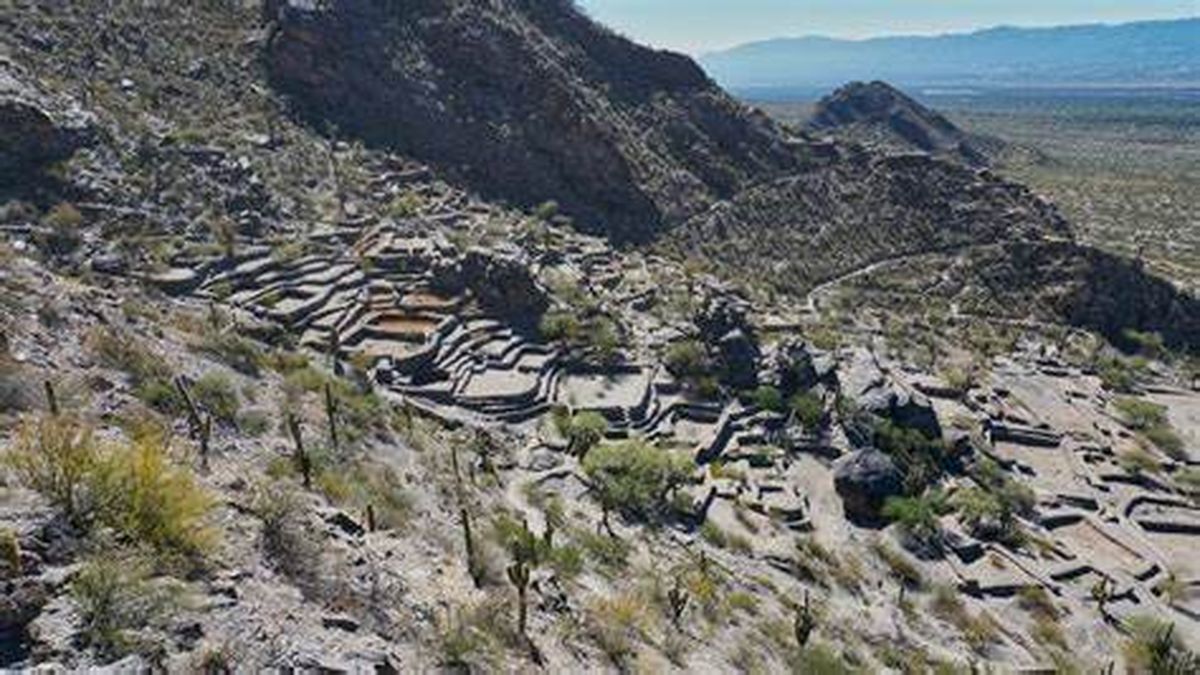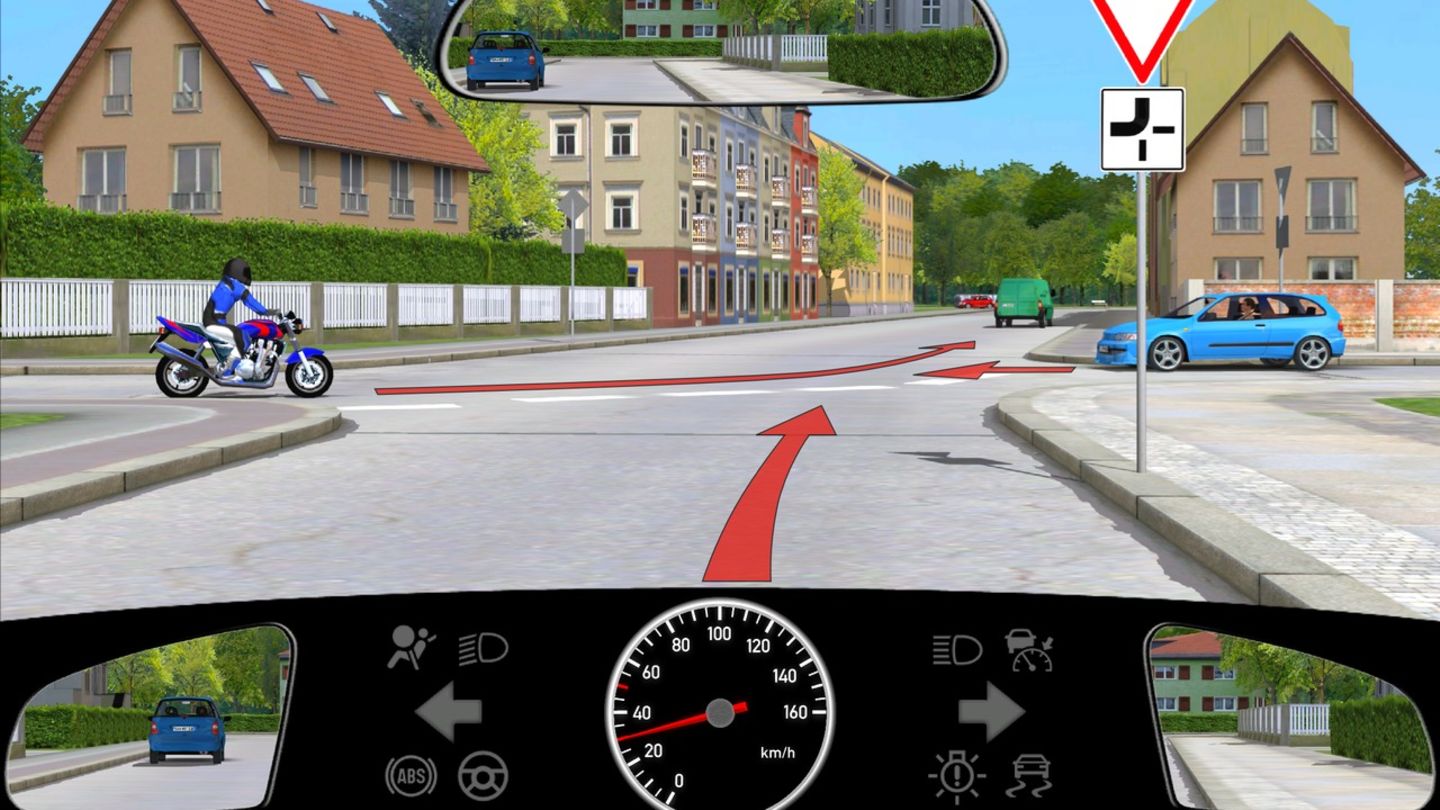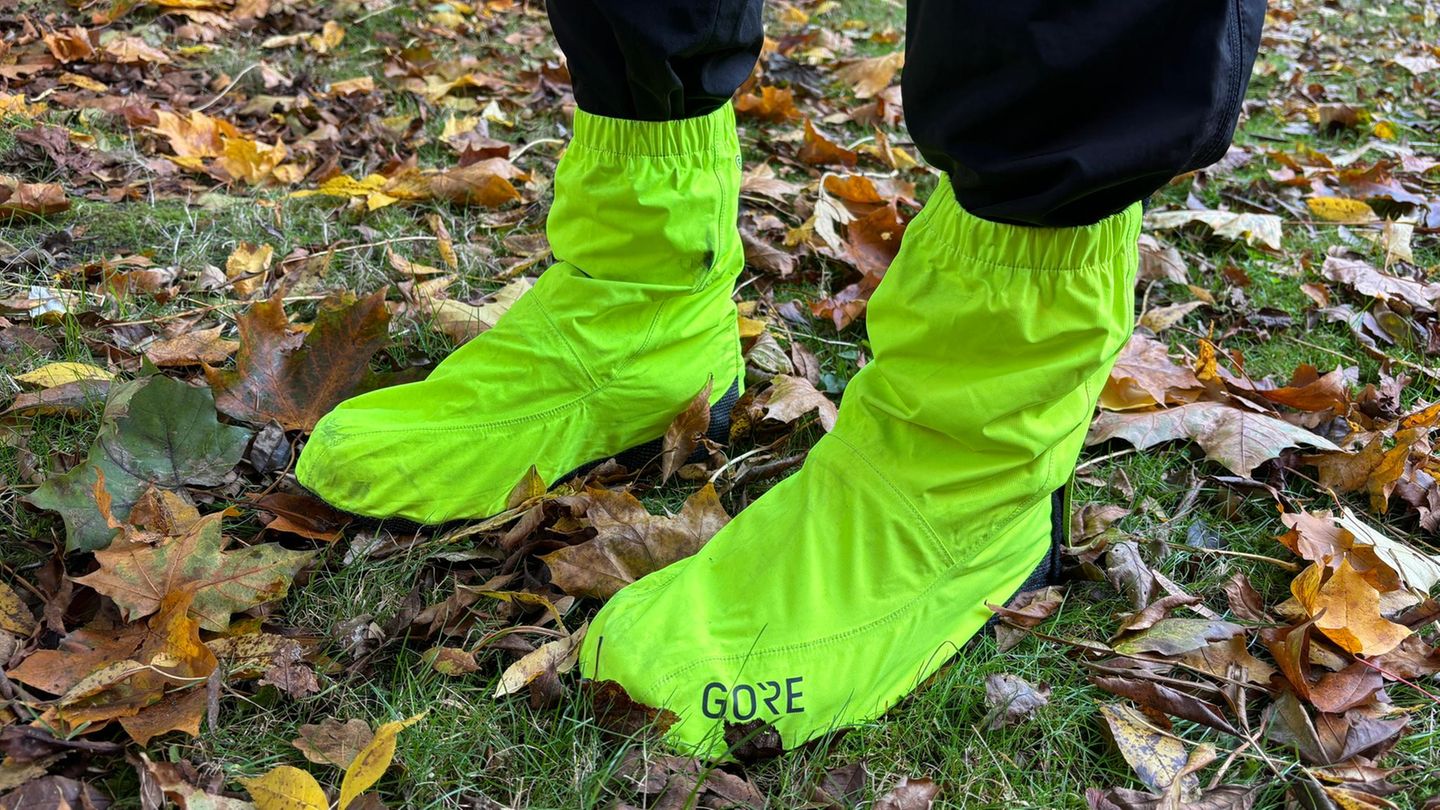This impressive place is located in the northwest of the province of Tucumán, in the middle of a wide valley known as the Valle de Santa María. Find out everything you can do there.
Also known since the late 1960s as the Quilmes Ruins, and before that as the Old Fort, These are the archaeological remains of a human group that lived in that area approximately 1,000 years before the arrival of the Spanish.
The content you want to access is exclusive for subscribers.
The ruins of Quilmes belonged to the Calchaquí Indians, who settled on the slopes of these mountains and on the mountain range called Calchaquí; hence the name of these tribes: Quilmes and Calchaquíes. These communities raised animals and planted quinoa, corn and other crops that served to feed their people.


Many of the survivors were tried by the conquistadors and taken to the south of the province of Buenos Aires, housed as prisoners near the town of Quilmes, to which they gave their name.
What activities can I do in the Ruins of Quilmes, Tucumán?
Visit the Ruins of Quilmes
This is one of the most important archaeological sites in Argentina. The ruins They are the remains of the largest pre-Columbian settlement in the country and offer a fascinating insight into the history of indigenous peoples.
Pachamama Museum
Located in Amaichá del Valle, this museum is an excellent stop for learn about culture and traditions of the region. The museum features exhibits on art, history and nature.
Excursion to Tafi del Valle
From Quilmes, you can enjoy an excursion to Tafí del Valle, a beautiful place with impressive landscapes and many outdoor activities. Here you can see native animals such as the Llama and the Guanaco, and go hiking surrounded by cacti and cardons, since the province is considered the National Capital of Hiking.
How to get to the Quilmes Ruins, Tucumán
From San Miguel de Tucumán, head south on National Route 38 to Acheral (45km). From there take Provincial Route 307 west to Amaicha del Valle, where you should take National Route 40, a journey of 20 km.
Source: Ambito
I am an author and journalist who has worked in the entertainment industry for over a decade. I currently work as a news editor at a major news website, and my focus is on covering the latest trends in entertainment. I also write occasional pieces for other outlets, and have authored two books about the entertainment industry.




